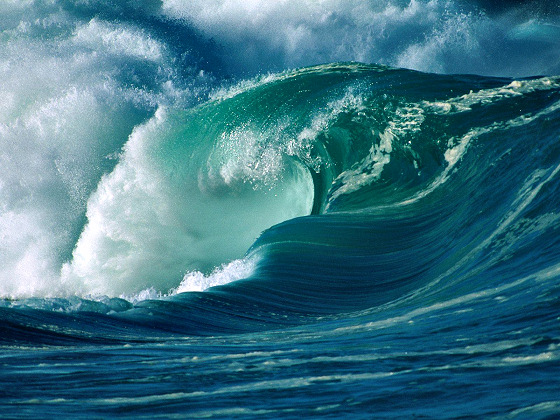The most advanced tsunami warning system is being completed in Australia, by scientists and researchers of Geoscience Australia. The special sensors applied are able to make predictions on where and when tsunamis may strike.
Of course, surfing will still be impossible during tsunamis, as reported previously.
The electronic device will be installed in Western Australia, in the red dust of the Pilbara region, in order to capture the existing underground ruptures along the Indonesian archipelago to the north.
All collected data is analyzed in real-time by specialists of the Tsunami Warning Center in Melbourne and Geoscience Australia in Canberra.
The anti-tsunami gear is powered by solar cells, with batteries for backup. The sensors track the direction of the energy and, when combined, can be used to predict intensity and localization.
After the catastrophic losses of this year's Japan earthquake and tsunami disasters, it's time to turn the page for new possibilities and innovations.
The new Australian system will compliment the Indian Ocean system by the end of the year 2011. In Australia, there's one earthquake per day, sometimes too weak to be noticed by citizens.
